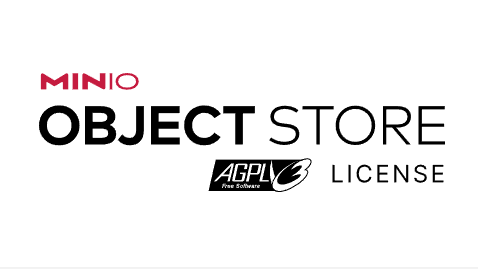If you’re looking to use storage similar to S3 without incurring costs, MinIO can help you fulfill that requirement.
What is MinIO
MinIO is a high-performance, distributed, open-source object storage server that supports the S3 API. It is specifically designed for large-scale private cloud infrastructures and containerized environments, boasting features such as high availability, scalability, and data security.
MinIO can run on common operating systems like Linux, Windows, and macOS, and can also be used in containerized environments such as Docker and Kubernetes. It supports various data protection mechanisms, including end-to-end encryption, access policies, time-limited access, IP address whitelisting, and protection against cross-site request forgery (CSRF) attacks.
Additionally, MinIO offers flexible deployment and configuration options, allowing data to be stored on local disks or in cloud storage. It supports SDKs for multiple programming languages and provides a user-friendly web interface as well as a command-line interface, making it easy for users to manage and utilize.
In summary, MinIO is a powerful, easy-to-use, and open-source object storage server that can help users build a private cloud storage platform, develop cloud-native applications, and ensure secure data storage and management.
Deployment Options for MinIO
There are several ways to set up MinIO:
- Single Node Deployment: Run MinIO on a single physical host or virtual machine, using a Docker image or a binary package for installation.
- Distributed Deployment: Run multiple MinIO instances on several physical hosts or virtual machines to achieve load balancing and high availability. This can be managed using container orchestration tools like Docker Swarm and Kubernetes.
- Gateway Mode Deployment: Add a reverse proxy server such as Nginx or Apache in front of the MinIO object storage server to provide additional functionalities like SSL/TLS encryption, access control, and IP access restrictions.
- Cache Mode Deployment: Introduce a caching layer using Redis or Memcached in front of the MinIO object storage server to enhance read/write performance and reduce latency.
Whether deployed as a single node or in a distributed manner, MinIO can run on common operating systems such as Linux, Windows, and macOS. The flexible deployment options allow you to choose based on your specific needs.
Deploying MinIO in Docker
To install MinIO in Docker, follow these steps:
- Pull the MinIO Docker Image
|
|
- Create a MinIO Container
|
|
This command creates a container named minio, exposes port 9000, mounts the data directory /mnt/data to the container’s /data directory, and the configuration directory /mnt/config to the container’s /root/.minio directory. It also sets the environment variables MINIO_ROOT_USER and MINIO_ROOT_PASSWORD, which will be used to access the MinIO web interface. You can leave the username and password unset; if not set, the default username and password will both be minioadmin.
- Access the MinIO Web Interface
Open a browser and navigate to http://localhost:9000. Log in using the username and password set in the previous step, and you’ll be able to start configuring and using MinIO.

I hope this information is helpful to you!
